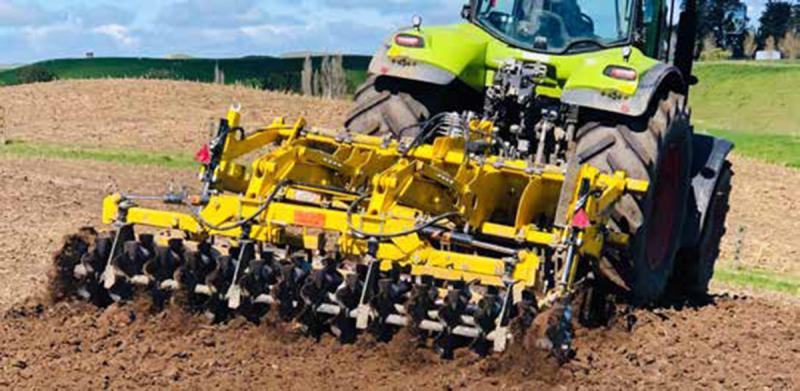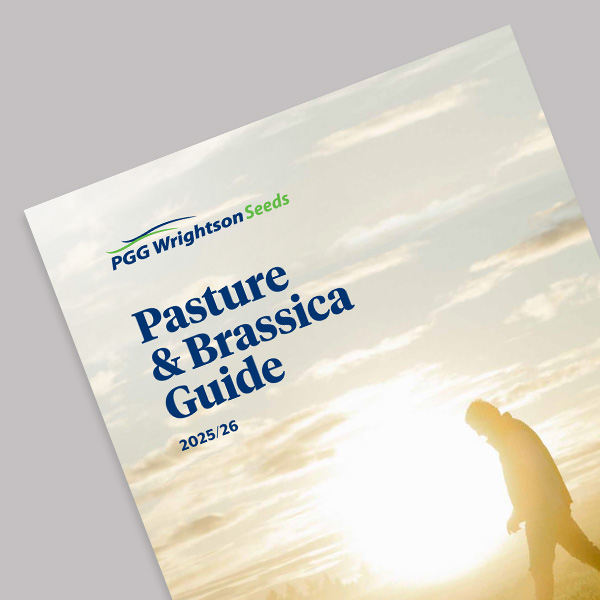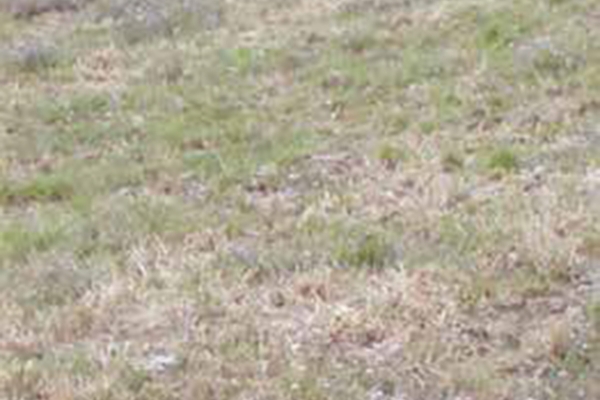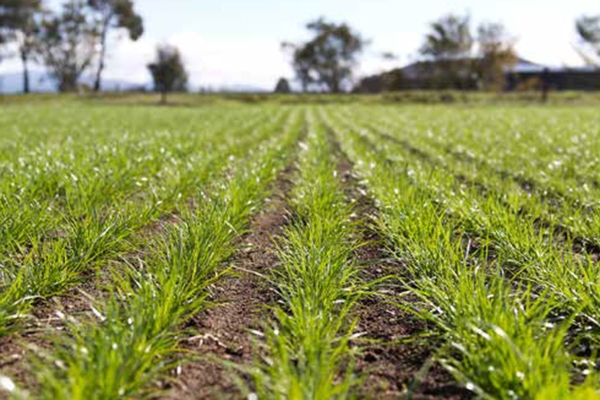Sowing and establishment
High-producing pastures can be established through conventional cultivation or no-tillage techniques. Whatever the system chosen, the principles remain similar, with sound planning being the key to success.
Sowing guide
1. Soil test
Paddocks selected for renovation should always be soil tested 6-12 months before sowing to identify possible fertility deficits. Consult with a fertiliser representative for specific recommendations based on the soil test results.
2. Species selection and endophytes
It is important to choose species and endophyte types suited to specific geographical regions and stock classes. Refer to the selection guides for grass, clover and endophytes to help decide what cultivars and endophytes are best suited to your farming conditions.
3. Sowing rate
A guide to sowing rates for individual cultivars is given on the product pages. As a general rule, pastures should be sown at rates of 15-35 kg/ha. The actual rate sown will depend on species used, drilling method, seed treatment and specific local conditions or experience. Successful establishment of perennial ryegrass/white clover pasture is less variable at higher sowing rates e.g. 25-30 kg/ha.
4. Sowing methods
- Cultivation: Pasture species require a fine, firm seedbed for optimum establishment. Excess trash and large clods will diminish results.
- No-tillage techniques: Pasture can be successfully established through no-tillage systems. The use of a total vegetation killer preliminary spray such as glyphosate will provide the best results. Add a broadleaf herbicide if necessary. A delay between spraying and drilling will aid moisture retention and reduce pest populations.
- Drilling: Pastures should be sown at a depth of 10-20 mm. The establishment of clovers will be adversely affected by sowing at a depth greater than these levels. Under all cultivation systems the use of harrows behind the drill will improve seed to soil contact.

5. Pest control
New pastures can be subject to pest and disease pressure. Several granular insecticides and seed treatments are available to protect the emerging seedlings. Refer to the seed treatment section (pages 238-259) for more information and an overview of the seed treatments available.
6. Grazing management
New pastures often benefit from a light grazing at 6-8 weeks after sowing. This encourages the grass plant to tiller and also assists clover establishment by allowing more light into the base of the sward. Ensure that the pasture is consolidated enough so that “pulling” and “pugging” are negated.
7. Subsequent fertiliser
New pastures benefit from early applications of nitrogen applied from 3-4 weeks. Regular, subsequent applications of fertiliser based on herbage test results will prolong the life and improve the performance of new pasture. Consult with a fertiliser representative for specific recommendations.
What is the most economic sowing rate? And what is the best time for autumn sowing?
Trials undertaken by PGG Wrightson Seeds at Ballarat Research Centre in Australia, show the effect of time and rate of sowing on short-term ryegrass yield.
The trial compared the yield of an annual ryegrass sown at 10, 20, 30, 40 and 50 kg/ha at four intervals during the year. Following statistical analysis, the following key findings became evident:
- There was a reduction in dry matter yield of approximately 1,300 kgDM for every two weeks that sowing was delayed, irrespective of sowing rate
- For every 10 kg increase in sowing rate from 10 kg/ha to 40 kg/ha, you could expect an extra 500 kgDM of additional feed
Recommendations as a result of this study:
- Sow more seed earlier for maximum productivity of your pastures
- The most cost-efficient grass was that sown as early in the season as possible at a sowing rate of between 30-40 kg/ha
Factors affecting pasture persistence
Droughts and associated pest and weed issues have placed considerable pressure on ryegrass performance and persistence in many regions. Challenging seasons are nothing new to farming, but the current combination of factors in some regions is placing demands on our pastures like never before.
-
Drought stress: Over recent years some regions have experienced three drought seasons in succession, with some of these droughts extending well into autumn (which is a key recovery and tillering period for ryegrass).
-
Wet conditions: Heavy rain or prolonged wet conditions have exposed pastures to pugging, opening them up and slowing recovery growth rates.
-
Grazing pressure: Comparative stocking rates during summer/ autumn and production expectations are higher than ever, particularly on dairy farms with high borrowing and staffing levels.
-
Pest pressure: There can be huge variations in pest populations over different seasons, within different regions and even within different paddocks on an individual farm. Utilise a programme that incorporates a number of different pest management tools, including cultivation, contact insecticide application, slug bait application, seed treatment and endophyte that will provide the best overall pest management strategy.
-
Weed pressure: Weeds are establishing in open pastures, competing against desirable species for light, moisture and nutrients, and are providing further hosts for pests such as Black Beetle.
-
New pastures: Due to the above challenges, new pastures are being placed under pressure before they are fully established. Some have failed within the first or second season because they simply never fully established.
-
Cultivars: Modern cultivars, particularly those with novel endophytes, are highly palatable right to ground level. In most circumstances, it will be a combination of the aforementioned other factors that have led to poor performance or lack of persistence in pastures. These will differ for each paddock and on each farm. It is important to consider the challenges experienced in each paddock in order to understand why a pasture may be performing poorly or has failed and to determine changes necessary to deal with the problem.



